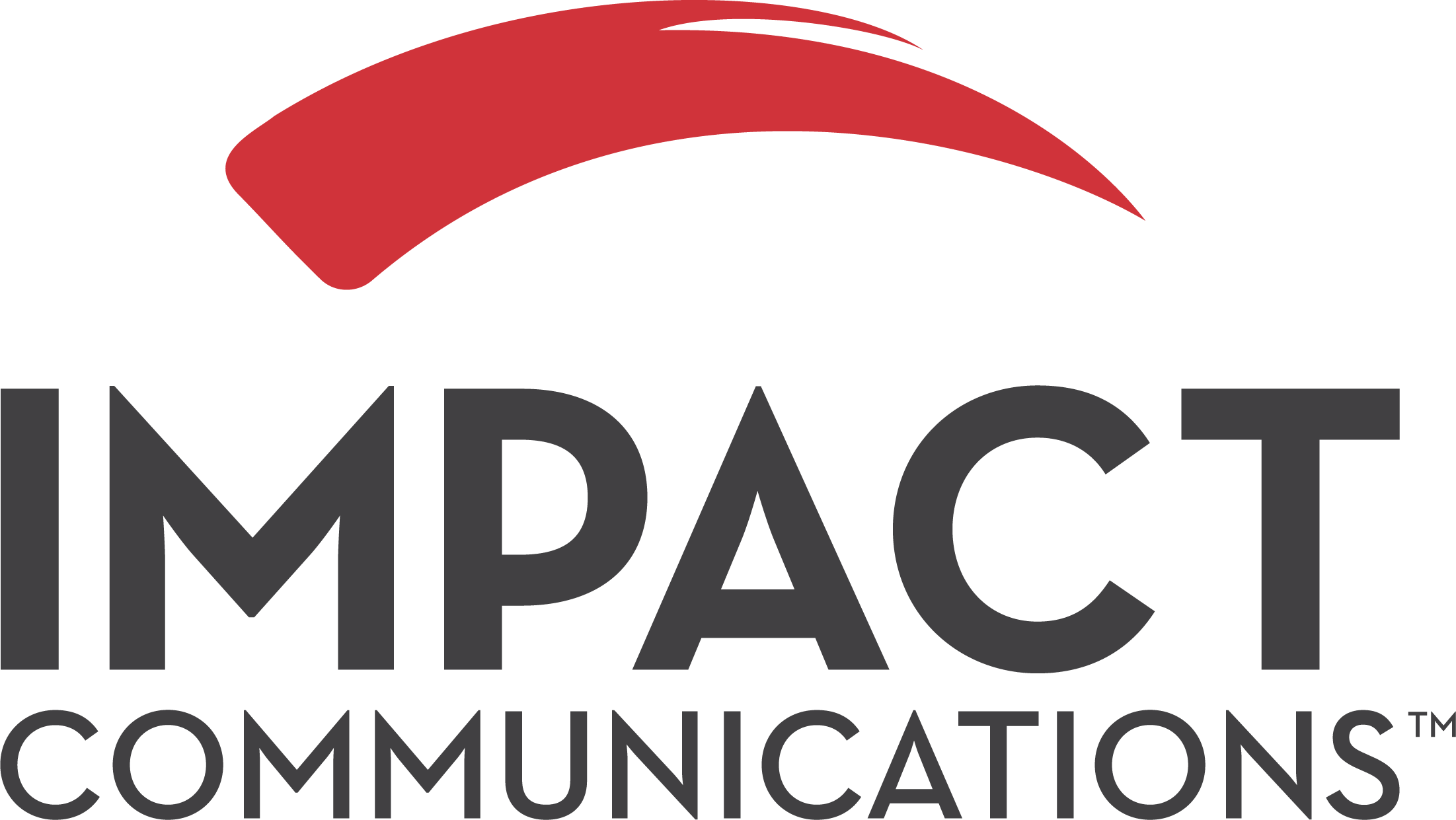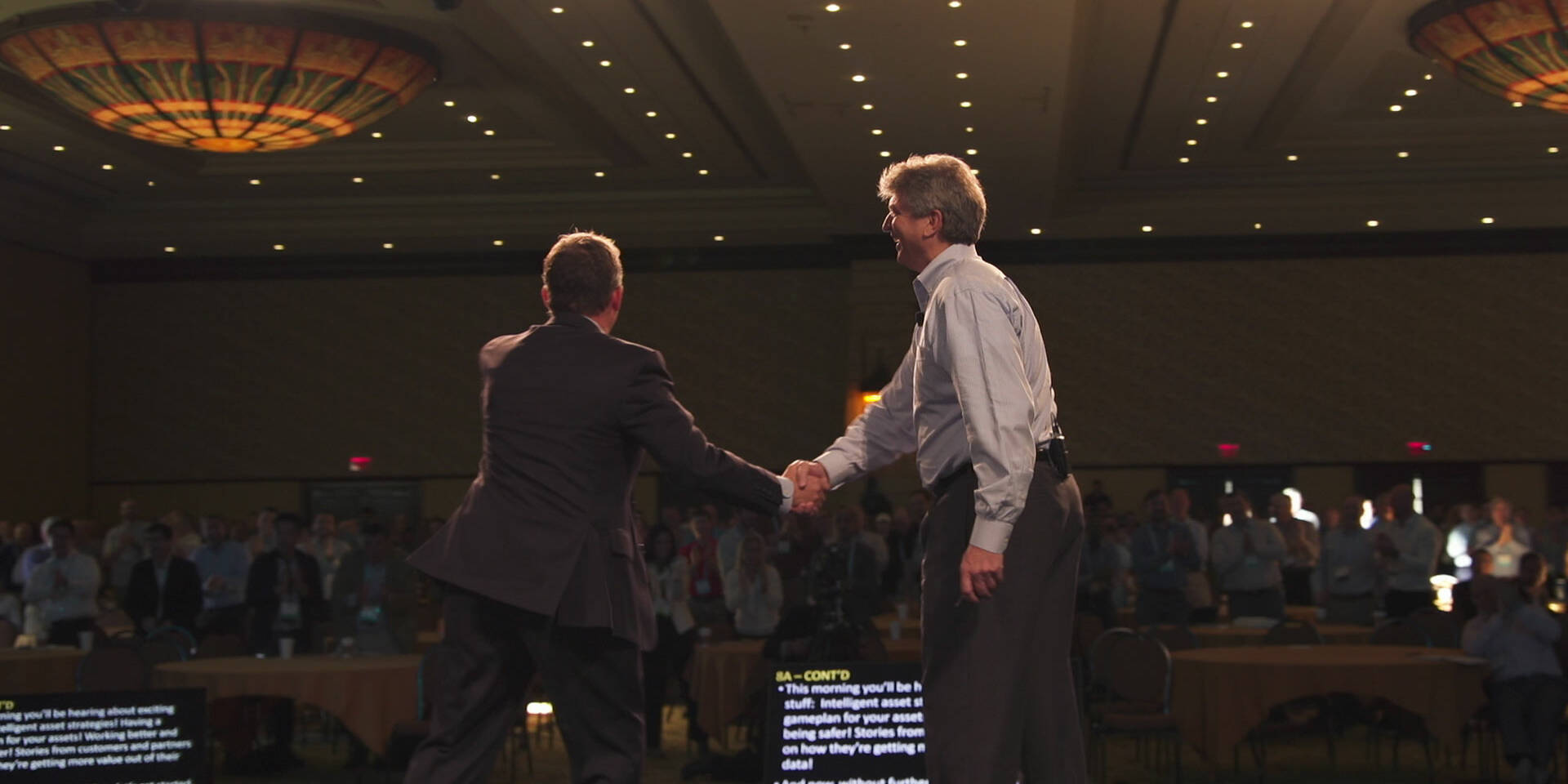If you were given a quiz at the end of the last presentation you attended, would you be able to answer a few questions? What was the message? What was the desired response? Was there a call to action?
Now think back to a presentation you do remember. What did you experience watching and listening and why does that message resonate to this day? If you were engaged, informed or motivated to act, it’s because the content mattered.
There’s much to be said about dynamic versus dull speakers but even the most ebullient and eloquent orators can only go so far if the content lacks substance. That’s what we’re talking about here: making content that matters.
Do your audience and your presenter a huge favor and before you begin, do your homework. Always, no matter how or where you’re telling your story, be sure you can answer these questions, borrowing some of journalism’s Five Ws (and an ‘H’).
Who – is my target audience?
What – are the key points of my message?
Why – is my message important to the audience?
How – should the audience feel during and act afterward?
WHO: Top of mind at all times, know your audience. Understand their culture and write for them in language they know, recognize and respond to.
And when you’re writing a speech for a presenter to deliver as themselves, write “in their voice.” Make their speech authentic. Become familiar with their cadences and colloquialisms. Write as you would want someone putting words in your mouth to write for you.
WHAT: Address those key points and main messages as quickly as possible. Honor the audience’s time. Use essential words and give clear direction. Don’t bury the lead because an audience’s attention span and focus is only about – hang on, I just saw a squirrel. (You get my point).
WHY: Make sure your message is replete with audience benefits – tell them what’s in it for them because it is always all about them. That’s what they’ll hear.
HOW: Give them a payoff, something they’ll remember, whether it’s a call to action, inspiration or education – whatever is appropriate to the goal of the presentation – to generate a reaction.
Now that you’ve structured your content and honed in on your message, you can judiciously enhance it with personality to build a connection with your audience. Just don’t overuse humor, motivational-speak or personal anecdotes. Season language with care.
If you’re including multimedia elements, they should be created to provide support for – not a distraction from – the key message. Make sure multimedia goes through the same critical content evaluation as the written word. Speaker support graphics and videos – they’re content, too and help communicate with the audience on different levels.
Creating content that matters is a matter of respect – for your craft, your client and for your audience.
Related Posts
June 12, 2024
Why Rehearsals are Important
A lot of time and thought goes into building a powerful presentation.…
April 20, 2023
Six Benefits of Refreshing Your Website
As your company continues to evolve, your website must represent your latest…
February 17, 2023
How Do You View Vacation?
If you’re an average working person, you will have spent 90,000 hours at work…




